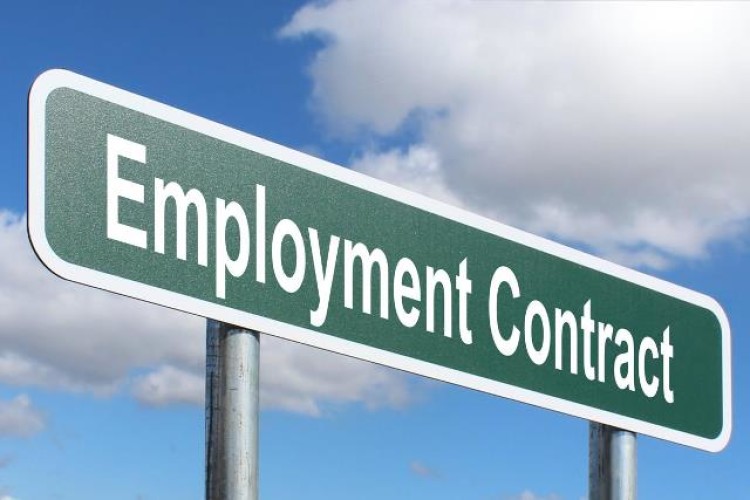How HMRC’s Construction Industry Scheme (CIS) interacts with the employment status test and IR35 has generated much debate in the construction world. Simply engaging someone through the CIS does not mean that they are de facto self-employed – the employment status test ought still to be considered.
A decision by the Employment Appeals Tribunal (EAT) in November has raised further fears in that regard.
Its decision in Richards v Waterfield Homes Limited1 confirmed that the stated (or indeed actual) intention of the parties on that front is persuasive at best but in no sense conclusive. Nor is it enough to justify a finding for or against employment status in the face of plentiful evidence to the contrary. The surprising bit is what happened next.
Lee Richards was engaged by Waterfield from 2010 to 2018 as a self-employed contractor paid via CIS, a particular tax mechanism.
In 2018, the company was advised that its contractor contracts would not satisfy HM Revenue & Customs and switched Richards and his colleagues to employment contracts. These specified that he had continuous service dating from 2018; but Richards argued that it should be from 2010, when he first started with Waterfield. His point was that he had been an employee all along.
Alas, the Exeter Employment Tribunal disagreed. The use of the CIS, being closed to employees, indicated ‘clear intention and agreement’ between the parties that Richards was not an employee over that period. In other words, it was not a sham arrangement. Richards was fully aware of the terms of the CIS scheme as he had been on it previously. The fact that he had needed a job at the time did not mean that he had insufficient bargaining power to object if he wanted to. Indeed, the evidence was that he had positively insisted on being paid through the CIS.
Waterfield conceded that Richards had been a worker for the purposes of Working Time Regulations and holiday pay, but the Tribunal decided that he was not an employee for employment protection purposes until 2018. Therefore, he lacked the two years’ service necessary to bring an unfair dismissal claim in relation to the termination of his employment the following year.
Richards appealed, and the Employment Appeal Tribunal found in his favour, deciding he was in fact an employee all along.
Richards’ contract pre-2018 had included the right to work also for other businesses (though he never did). He also said he owned his own van and tools. Neither is a common feature of an employment contract. Even if they had been, the fact that a particular term could legitimately appear in a contract of employment does not mean that it could only appear in such a contract.

Even the fact that nothing of Richards’ daily work had changed when he became an employee in 2018 means only that the prior arrangements were compatible with employment status, not that there was no other possible explanation for them.
Rather unhelpfully, the Appeals Tribunal’s decision does not give details regarding the specific terms of Richards’ pre-2018 contract that it considered to be inconsistent with anything but a full employment relationship. Also, there was nothing as to why it was necessary to go beyond the worker status finding made by the original Tribunal and make Richards a full employee.
The decision of the Appeals Tribunal is rather blurry on its reasoning – which gives cause for concern and less clarity to employers in the construction sector.
It could potentially open the floodgates to tens, perhaps hundreds, of thousands of claims by workers both within and outside the gig economy that they are in fact employees. Unfortunately the brevity of the Appeals Tribunal’s own reasoning here gives no obvious basis for argument to the contrary.
![Musab Hemsi [Chris Watt Photography] Musab Hemsi [Chris Watt Photography]](https://www.theconstructionindex.co.uk/img-cache/90dce1eb8b2436145f9fcfbb70fcffd1/320x268.88888888889_1669809360_chris-watt-photography-311---copy--2-.jpg)
What next? I would welcome – as a minimum – an urgent appeal or another more senior decision on the point, to provide clarity on this very sensitive debate.
In the meantime, employers are encouraged to conduct their own status determination assessments and to issue these statements to their CIS colleagues, to avoid having many years of latent holiday pay and tax liabilities arising.
About the author: Musab Hemsi is a director of law firm Anderson Strathern and accredited by the Law Society of Scotland as a specialist in employment law.
1. The full judgment can be found here: Mr Lee Richards v 1) Waterfield Homes Ltd 2) Unity Build and Repairs Ltd [2022] EAT148
Got a story? Email news@theconstructionindex.co.uk



